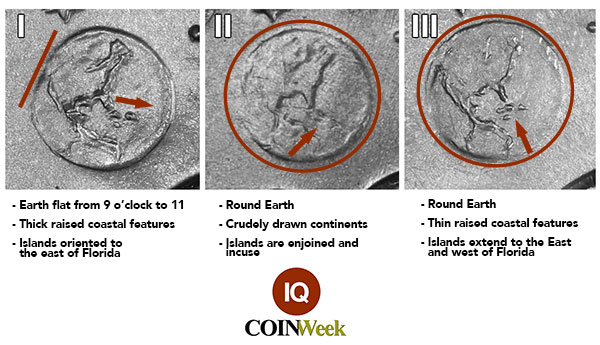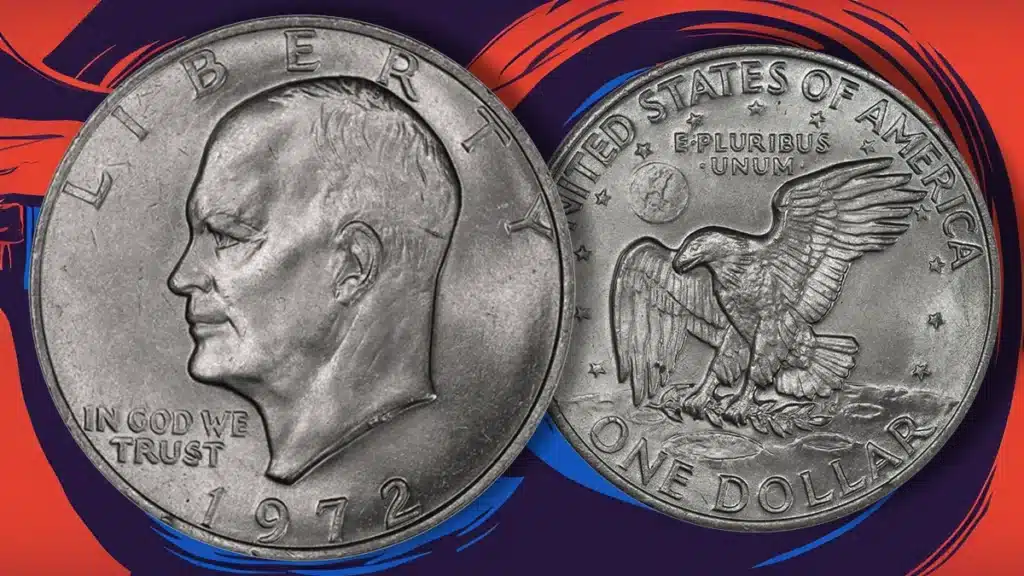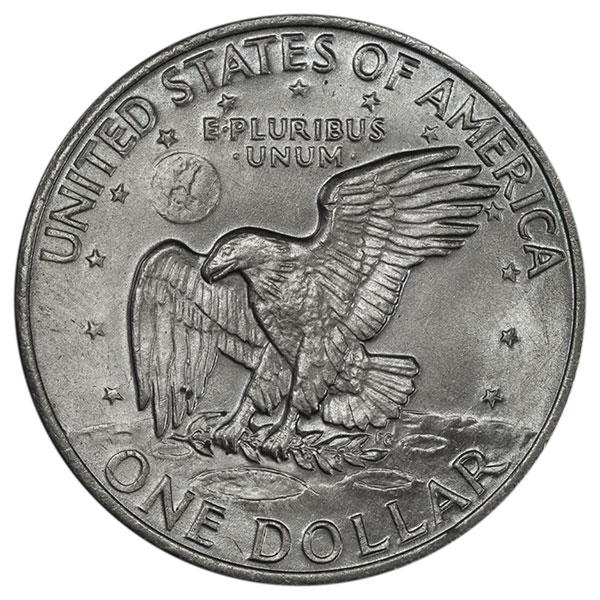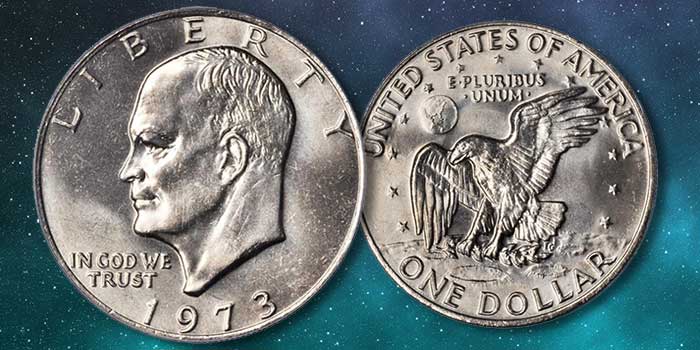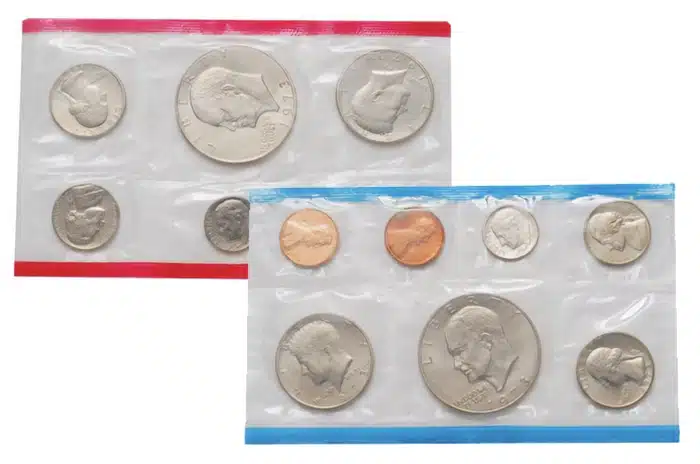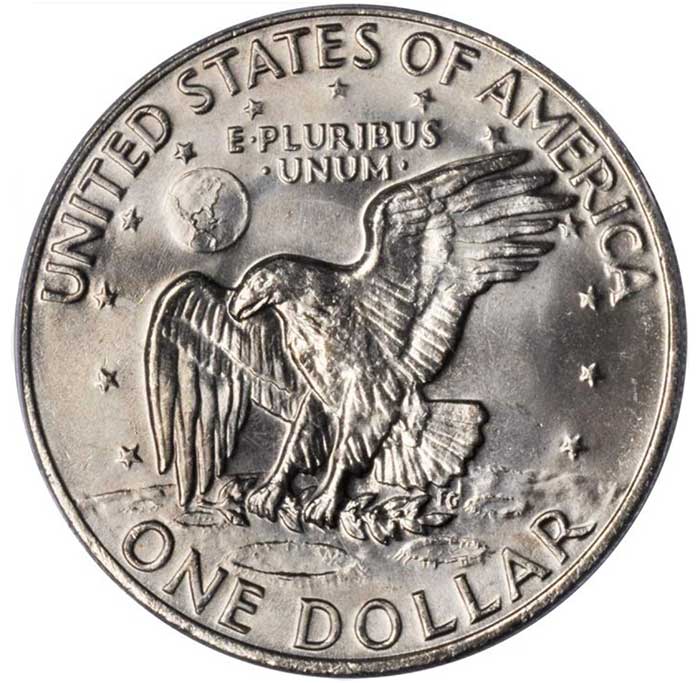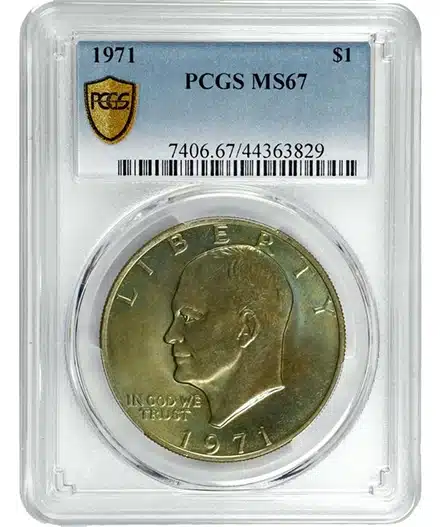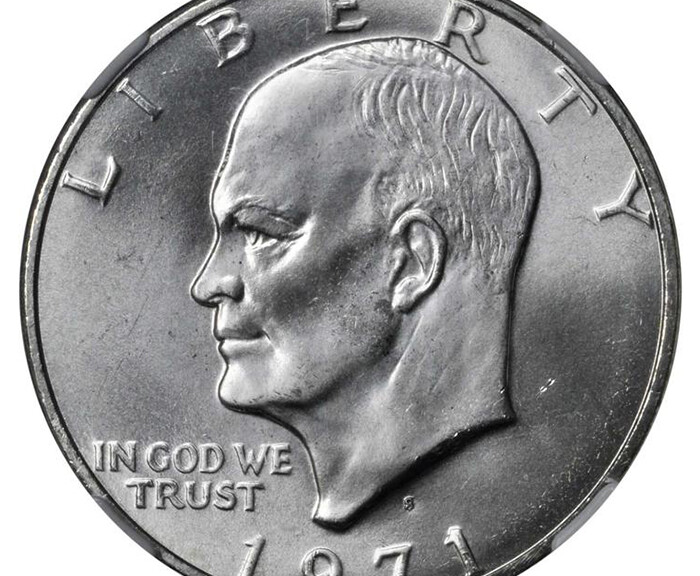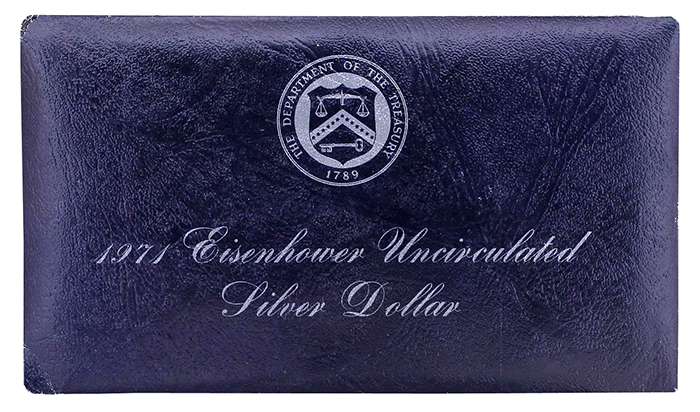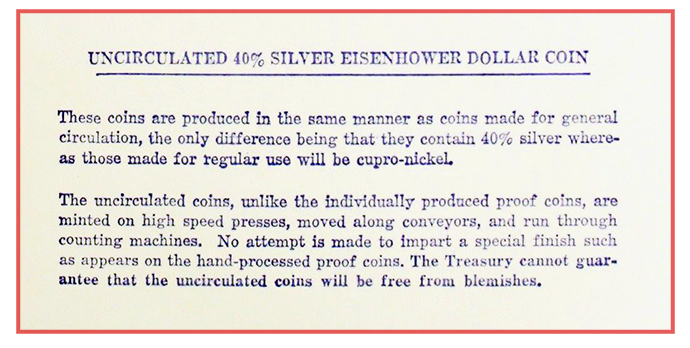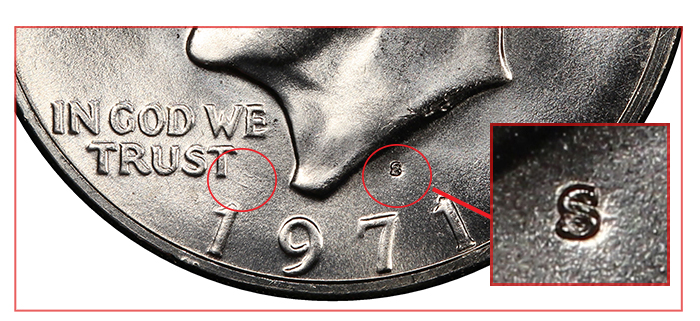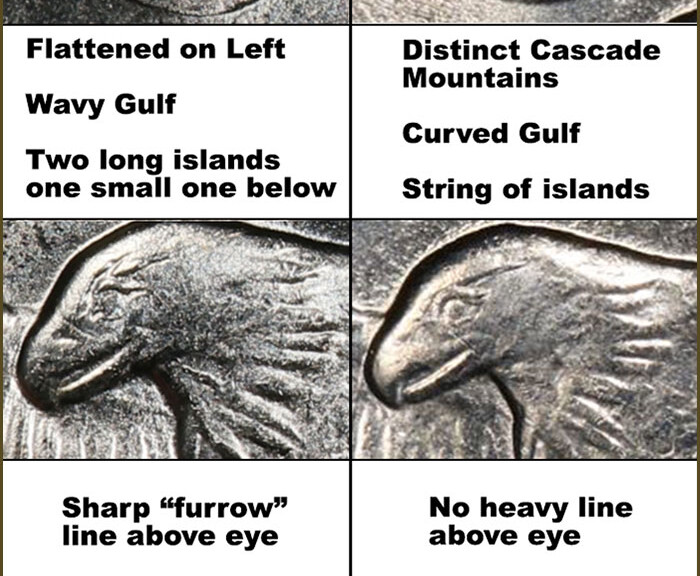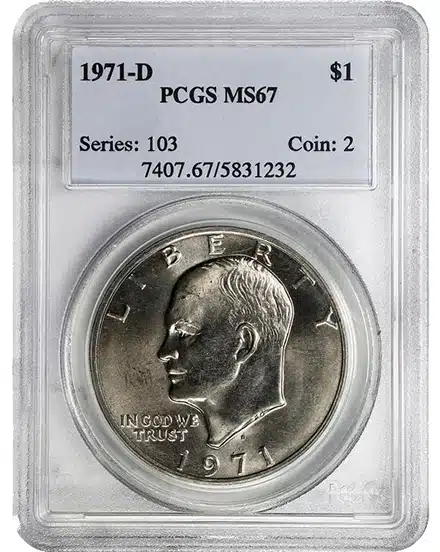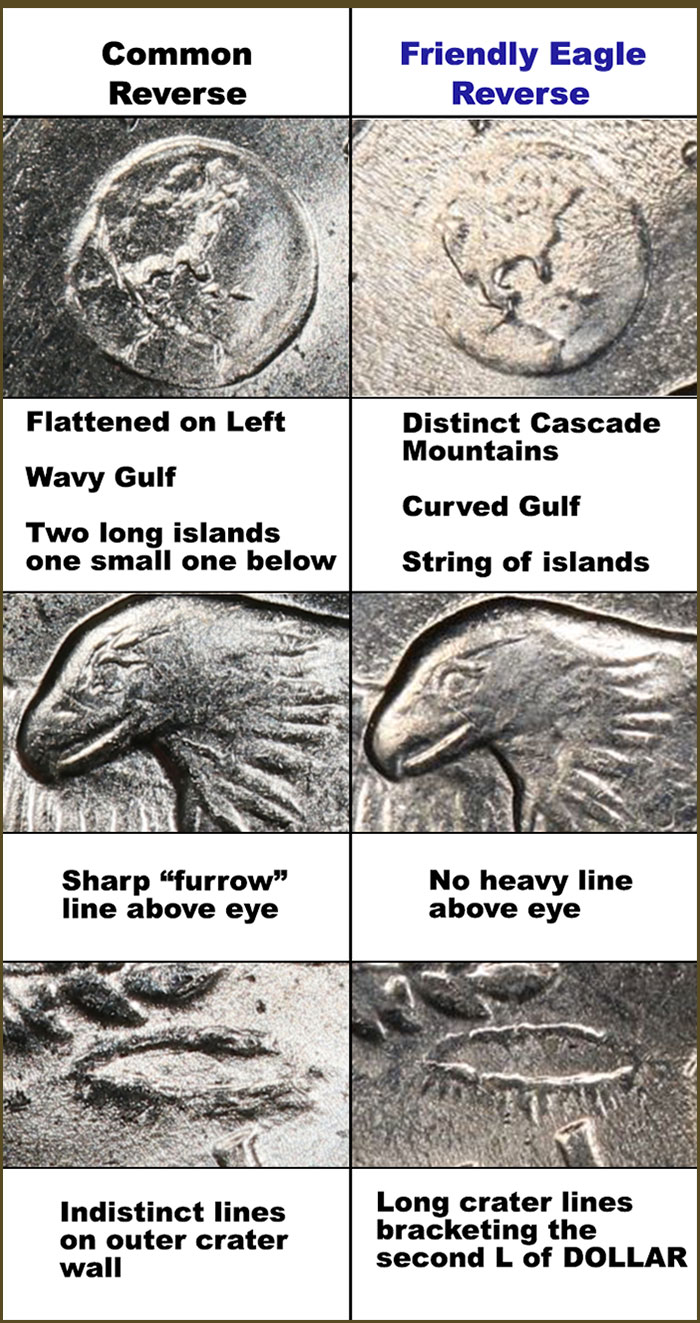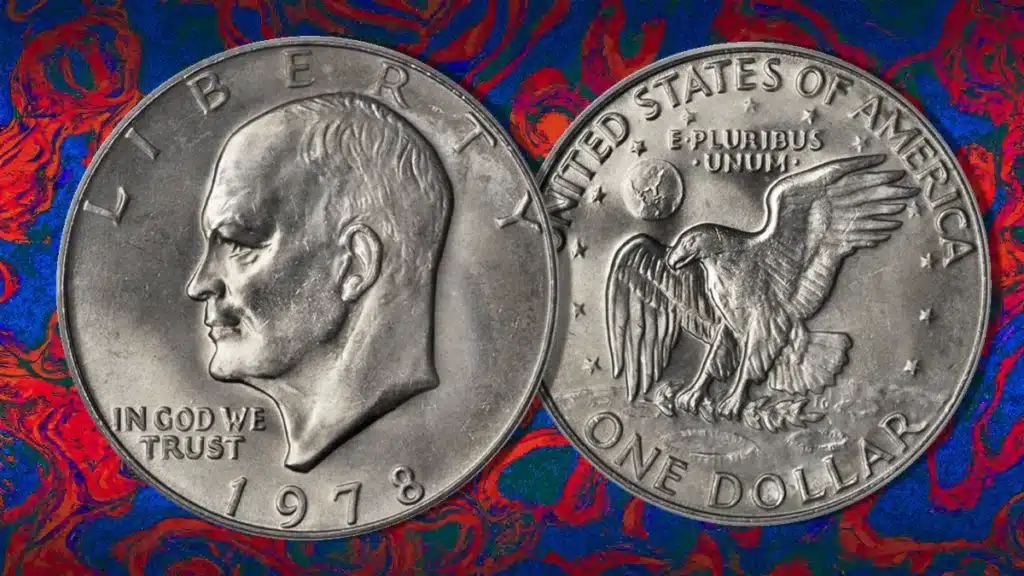
As the Philadelphia Mint Prepared to Strike Susan B. Anthony Dollars, the Final Eisenhower Dollars were Struck
The United States Mint recognized that the large size of the one dollar coin was suboptimal if the coin was to see widespread circulation and acceptance in vending machines. The Eisenhower dollar measured 38.1mm in diameter and was the same size as the standard silver dollars struck by the United States Mint from 1840 to 1935. Then, the large dollar coins and many of America’s subsidiary coins were struck on planchets that were made of .900 fine silver.
The Coinage Act of 1965 marked a departure from silver coinage on the dime and quarter, and called for the production of a debased 40% silver half dollar. By 1970, the Mint had come to realize that producing half dollars in silver was a mistake. This was apparent in the wording of the legislation that authorized the production of the Eisenhower dollar, as the bill called for the production of copper and nickel-clad coins for circulation and 40% silver-clad coins to be struck solely for collectors. That same bill called for the half dollar to be struck in copper-nickel as well.
Without the intrinsic value of silver, the coin’s large size was owed more to tradition than practicality. True, casino interests found the coins an ideal replacement for the silver dollars that once poured into their slot machines, but for the rest of America, the Eisenhower dollar was a novelty coin, at best, and a government boondoggle at worst.
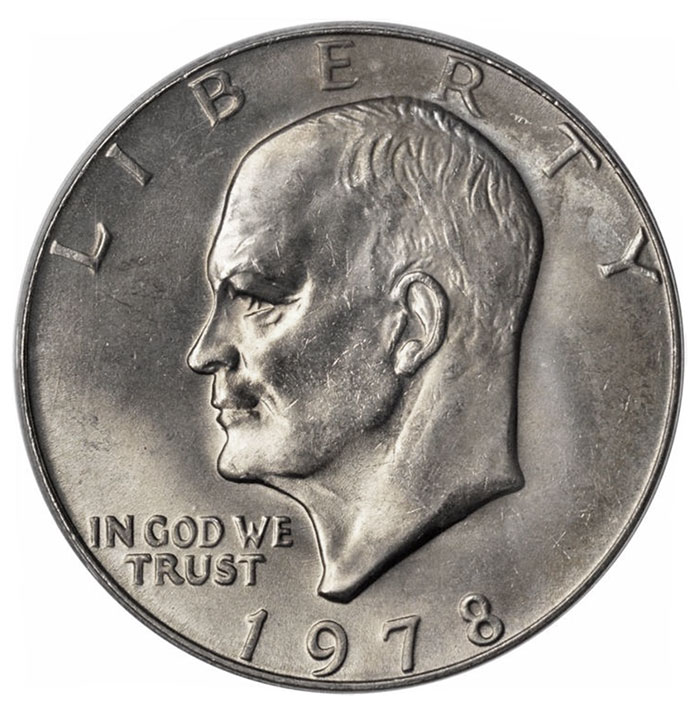
By the summer of 1976, work was well underway to rethink the future of American coinage. In its Comprehensive Review of U.S. Coinage, the Research Triangle Institute contemplated the elimination of the cent, the introduction of a two-cent coin, and the introduction of a “more convenient-sized” one dollar coin.
The “more conveniently sized” one-dollar coin went from a think tank idea to the subject of Congressional interest by the end of the decade. In 1978, Congress held numerous hearings regarding a change in the size and design of the dollar coin. In July, the Committee on Banking, Housing, and Urban Affairs of the United States Senate filed its report and proposed a bill to authorize the production of a small dollar coin bearing the likeness of Susan B. Anthony. Anthony beat out a number of other historical figures for the coin’s obverse, including Corps of Discovery member Sacagawea. Sacagawea would replace the stern-faced suffragette as the face of another dollar coin debacle.
This was the climate under which the last of the Eisenhower dollars of 1978 were made. The United States Mint struck 25.7 million Eisenhower dollars at the Philadelphia Mint. On December 13, 1978, the striking of the first Susan B. Anthony dollars marked the end of America’s last large circulating dollar series.
How Much is the 1978 Eisenhower Dollar Worth?
Although it has been 45 years since the final Eisenhower dollars were struck, these durable coins can still be acquired in circulation. Larger bank branches will occasionally have a few on hand – but these coins are typically worn. Bag and roll quantities of the coin still persist, but these are infrequently encountered.
Circulated 1978 Eisenhower dollars are worth a small premium over their $1 face value. Uncirculated examples are also plentiful. A common source for these coins is the 1978 United States Mint Uncirculated Coin Set. 2,006,869 of these sets were sold and each one contains a single example of every circulating coin struck at the Philadelphia and Denver Mints. These sets carried an issue price of $7 and today are worth about $15. A loose uncirculated 1978 Eisenhower dollar typically sells for $5 to $7 on eBay.
Collectors particular about the quality of their coins may prefer to buy examples that have been graded by one of the three major grading services: CAC, NGC, or PCGS.
In Mint State 65, the 1978 Eisenhower dollar is worth about $18, according to CoinWeek IQ’s current market analytics. This low price does not reflect the difficulty in cherrypicking gem-quality Eisenhower dollars of this issue in the wild. Mint set coins tend to have the best strikes, but this is a trend and not a rule. In MS66, the 1978 Eisenhower Dollar sells for about $80.
The coin is conditionally rare in the grade of MS67 and recent auction records indicate that at this level, this issue has a value of approximately $5,000. With the appearance of new coins in the condition census, expect this price to soften somewhat. CAC-approved coins, especially those of extraordinary quality for the grade, will bring substantial premiums over these guide values.
Design
Obverse:
Gasparro’s portrait of Dwight D. Eisenhower (as President); Eisenhower facing to the left. Gasparro’s initials “FG” appear raised in the bust truncation. Beneath Eisenhower’s chin, to the left, is the motto “IN GOD WE TRUST” LIBERTY wraps around the top of the coin in the space between the rim and the top of Eisenhower’s head. The date wraps around the bottom of the design, between the rim and the bottom of Eisenhower’s bust truncation. While Philadelphia-struck pieces bear no mintmark, coins struck at Denver and San Francisco will bear small mintmarks of “D” or “S” above the space between the last two digits of the date. On Eisenhower dollars, mintmarks were hand-punched and may vary in exact location and orientation.
Reverse:
The reverse is based on Michael Collins’ Apollo 11 Mission Patch design.
In the center, a bald eagle in descent. In its talons, an olive branch. Its left wing is raised. The lunar surface lies below. Above the eagle’s head is a depiction of the Earth. North America is prominently visible. Wrapping around the top of the coin adjacent to the rim is the legend “UNITED STATES OF AMERICA.” Thirteen small five-point stars circle around the eagle. Below the ring of stars but above the eagle is the motto “E PLURIBUS UNUM”. Wrapping around the bottom of the design is the denomination “ONE DOLLAR”.
Edge:
The edge of the 1978 (P) Eisenhower Dollar is reeded.
Designer
Frank Gasparro was a friend to numismatists and served as Chief Engraver of the United States Mint from 1965 to 1981 (View Designer’s Profile).
Design
Coin Specifications
| Country: | United States |
| Year Of Issue: | 1978 |
| Denomination: | One Dollar |
| Mint Mark: | None (Philadelphia) |
| Mintage: | 25,702,000 |
| Alloy: | Copper-Nickel (Cu-Ni) |
| Weight: | 22.68 g |
| Diameter: | 38.1 mm |
| OBV Designer | Frank Gasparro |
| REV Designer | Frank Gasparro | Michael Collins |
| Quality: | Uncirculated |
The post 1978 Eisenhower Dollar : A Collector’s Guide | CoinWeek appeared first on CoinWeek: Rare Coin, Currency, and Bullion News for Collectors.

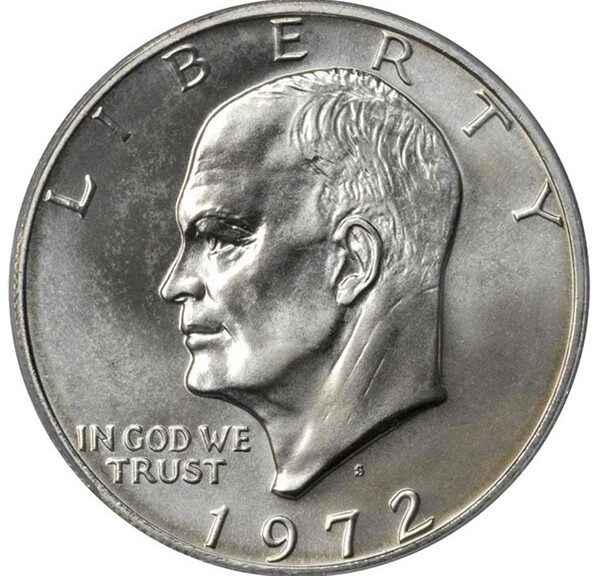
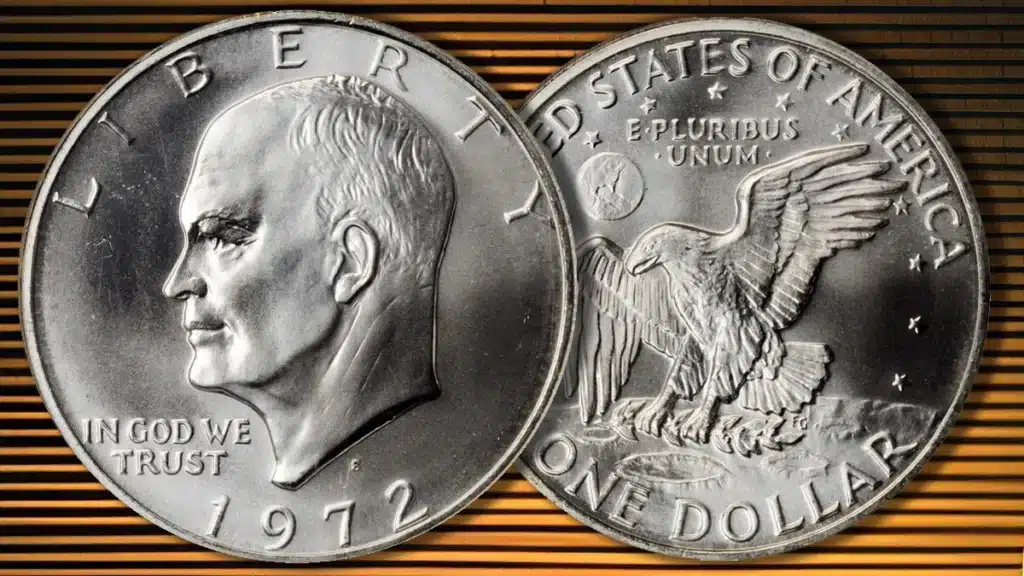
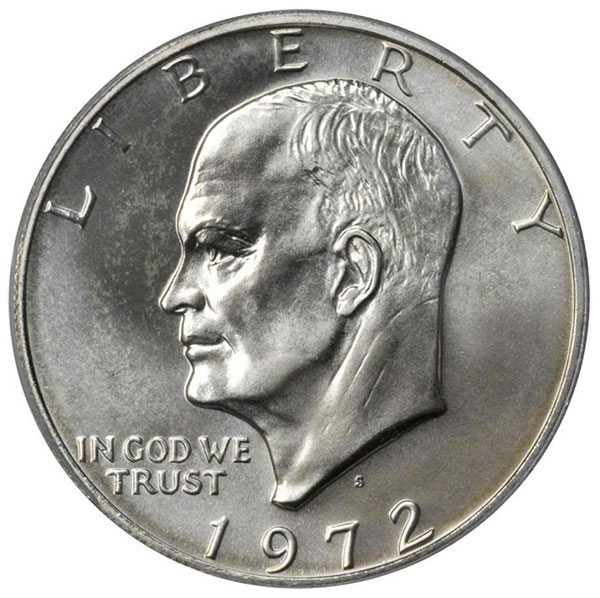 Gasparro’s portrait of Dwight D. Eisenhower (as President); Eisenhower facing to the left. Gasparro’s initials FG appear raised in the bust truncation. Beneath Eisenhower’s chin, to the left, is the motto IN GOD WE TRUST. LIBERTY wraps around the top of the coin in the space between the rim and the top of Eisenhower’s head. The date wraps around the bottom of the design, between the rim and the bottom of Eisenhower’s bust truncation. While Philadelphia-struck pieces bear no mintmark, coins struck at Denver and San Francisco will bear small mintmarks of “D” or “S” above the space between the last two digits of the date and below Eisenhower’s neck. On Eisenhower dollars, mintmarks were hand-punched and may vary in exact location and orientation.
Gasparro’s portrait of Dwight D. Eisenhower (as President); Eisenhower facing to the left. Gasparro’s initials FG appear raised in the bust truncation. Beneath Eisenhower’s chin, to the left, is the motto IN GOD WE TRUST. LIBERTY wraps around the top of the coin in the space between the rim and the top of Eisenhower’s head. The date wraps around the bottom of the design, between the rim and the bottom of Eisenhower’s bust truncation. While Philadelphia-struck pieces bear no mintmark, coins struck at Denver and San Francisco will bear small mintmarks of “D” or “S” above the space between the last two digits of the date and below Eisenhower’s neck. On Eisenhower dollars, mintmarks were hand-punched and may vary in exact location and orientation.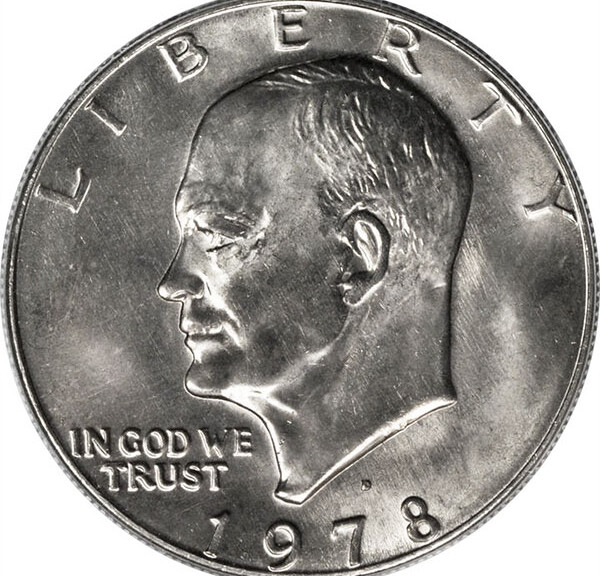

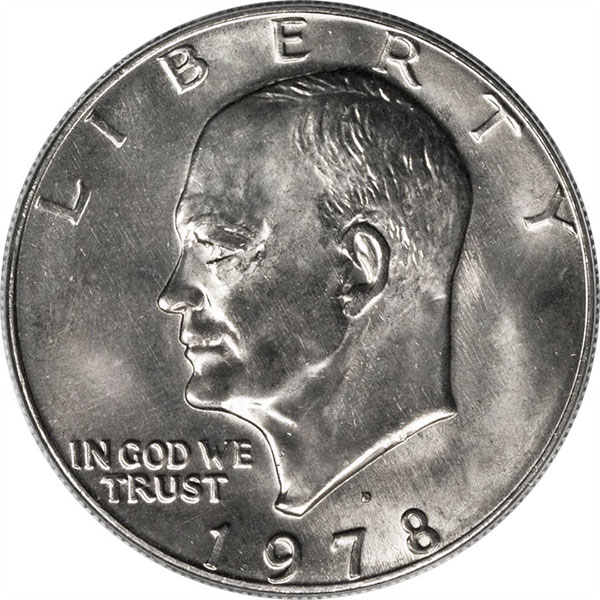
 The reverse is based on Michael Collins’ Apollo 11 Mission Patch design.
The reverse is based on Michael Collins’ Apollo 11 Mission Patch design.